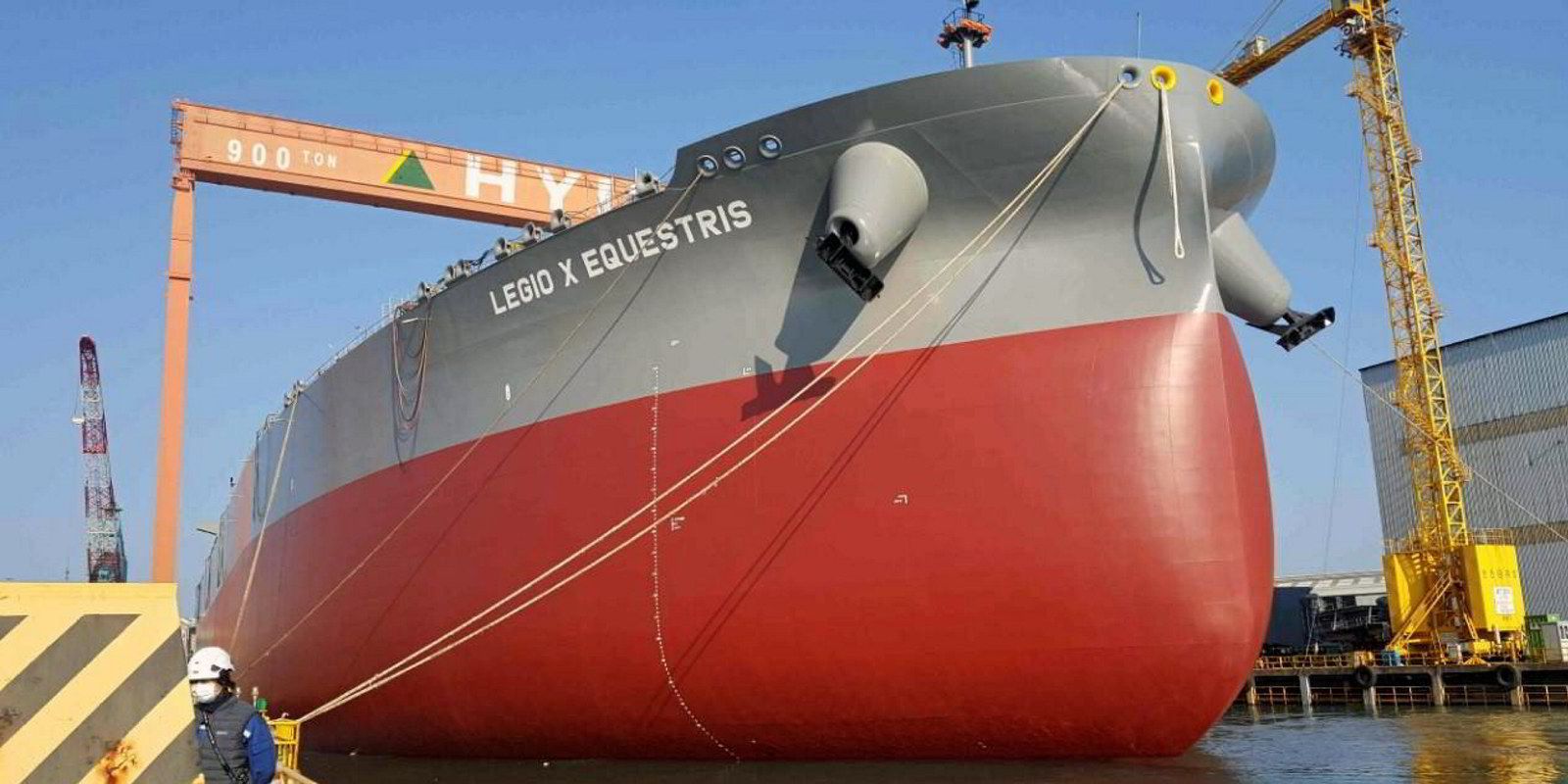Norway’s Hunter Group has made a surprise return to the VLCC market taking a modern eco-design and scrubber-fitted vessel on a three-year charter.
The Erik Frydendal-led company said it has taken the 2016-built vessel on a fixed rate of $52,500 per day, and immediately chartered the ship out on a floating index-linked spot rate.
Hunter said the index-linked spot rate, which on 29 November 2023 was $63,329 per day, enables the company to “capture every daily VLCC spot market movement with maximum utilisation”.
“The rationale behind the transaction is to capitalise on the dislocation between time-charter rates, ship values and the expected strong rate environment over the next three years,” Hunter said.
“The orderbook for VLCCs is at the lowest level seen in more than 30 years and a substantial portion of the fleet is approaching retirement age.
“Analysts expect scrubber-eco VLCC rates to average more than $80,000 per day for the next three years.”
Hunter said newbuilding and resale prices support the case for higher rates going forward, yet the three-year time-charter rate is currently below the 20-year average spot rate of about $42,000 per day for a benchmark vessel.
“The equivalent rate for a scrubber-eco VLCC is approximately $58,800 per day, adjusting for average scrubber-eco savings since IMO 2020,” it said. “Using the current eco-scrubber saving translates the number to approximately $60,100 per day.”
The company said it will continue to monitor the tanker markets, “hunting” for accretive opportunities.
Hunter has also agreed on a private placement, which will see it issue 14.3m new shares at a subscription price of NOK 1.50 raising gross proceeds of NOK 21.5m ($11.3m).
The new shares will issued to Surfside Holding AS, BO Steen Shipping AS, Apollo Asset Limited, and Green Highlander Holding AS.
Hunter said the proceeds from the private placement will be used to strengthen the working capital base in connection with the charter party.
“The board is of the view that it is in the common interest of the company and its shareholders to raise equity through a private placement,” Hunter said.
“By structuring the equity raise as a private placement, the company will raise equity efficiently and in a timely manner, with a lower discount to the current trading price, at a lower cost and with a significantly reduced completion risk compared to a rights issue.”





